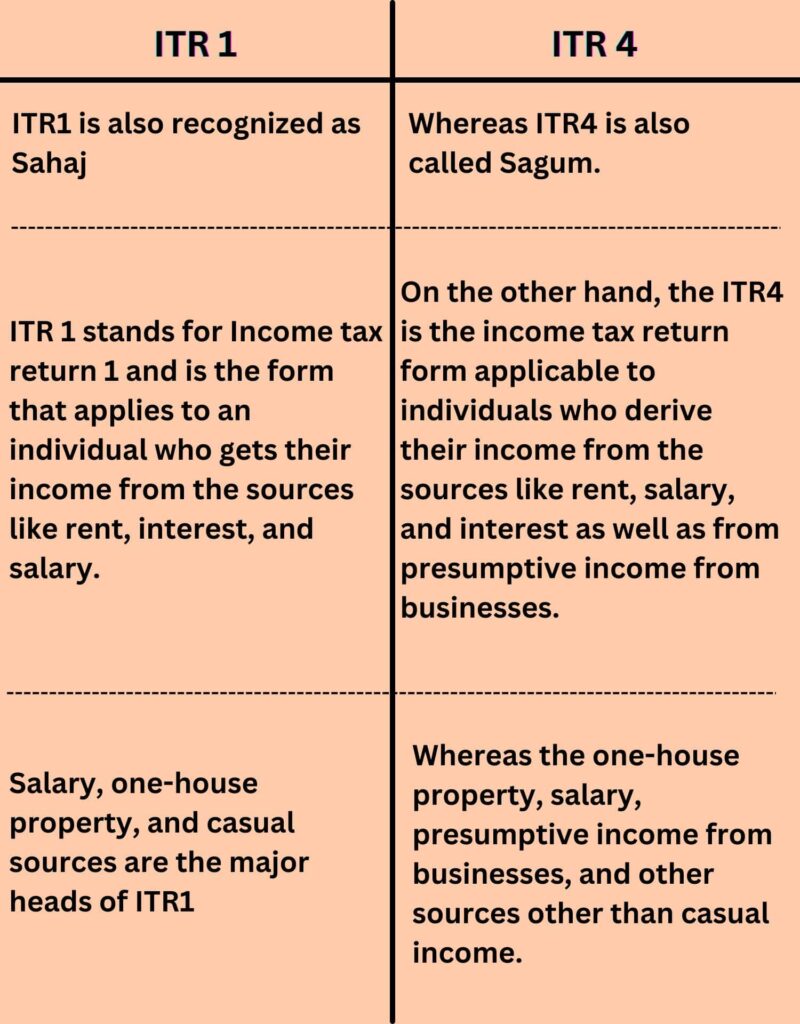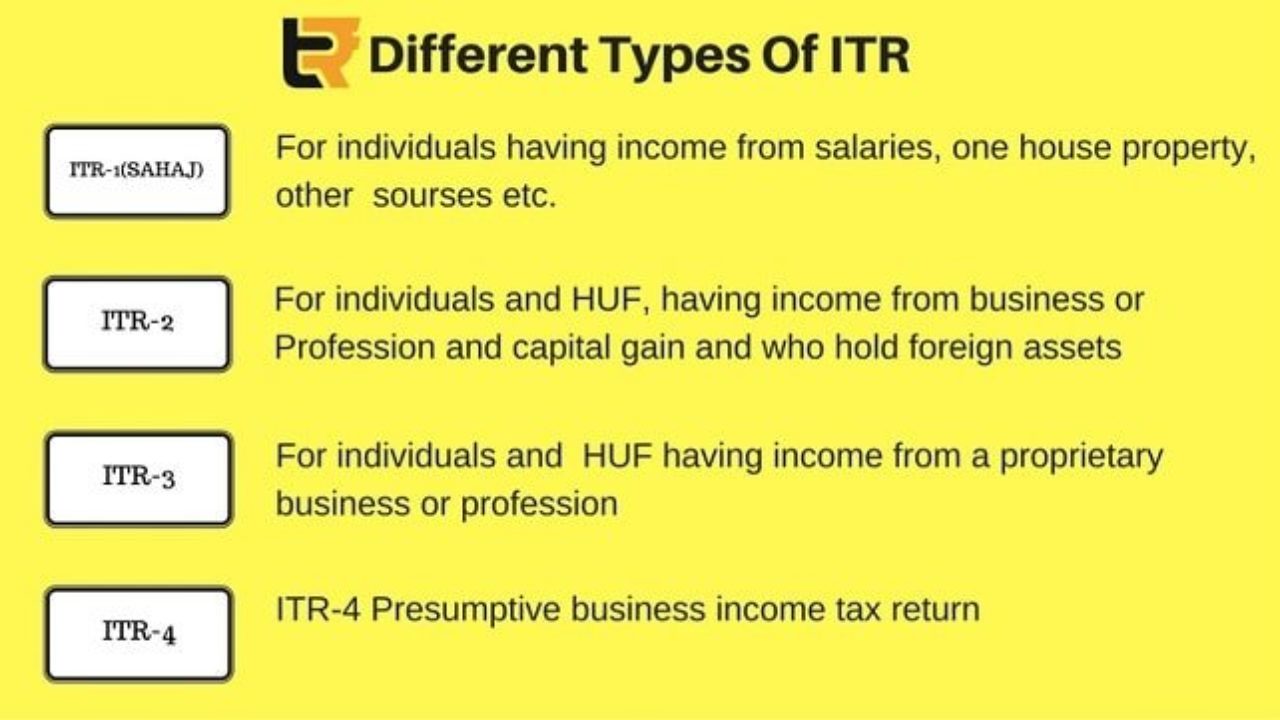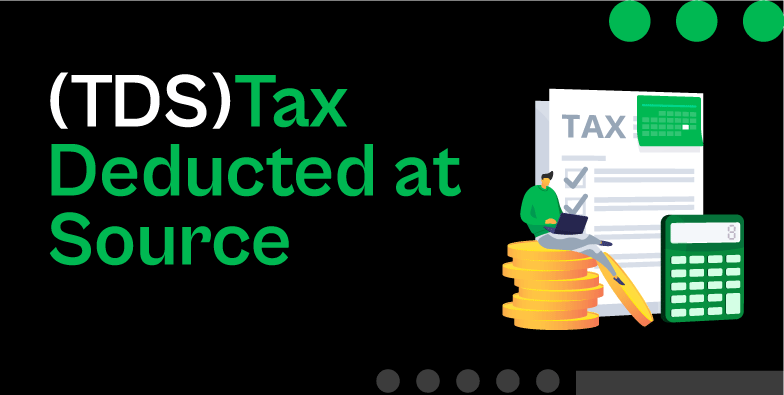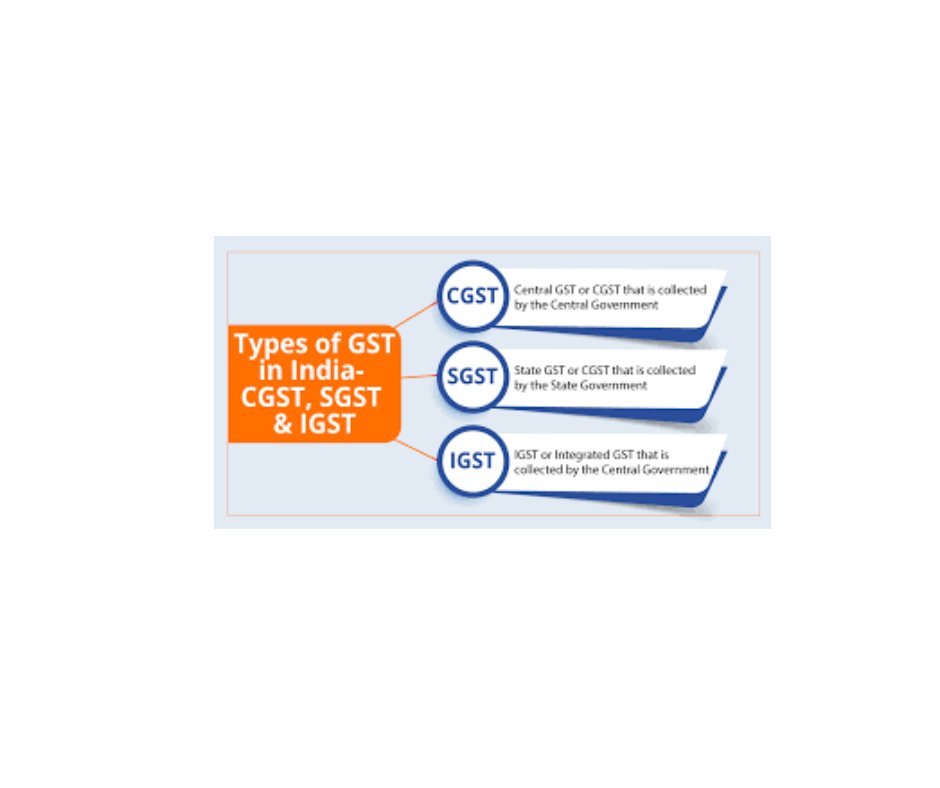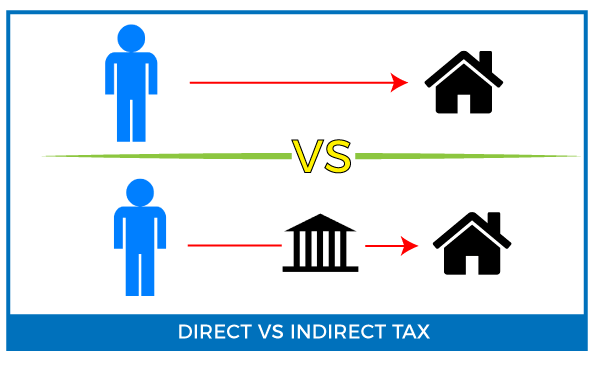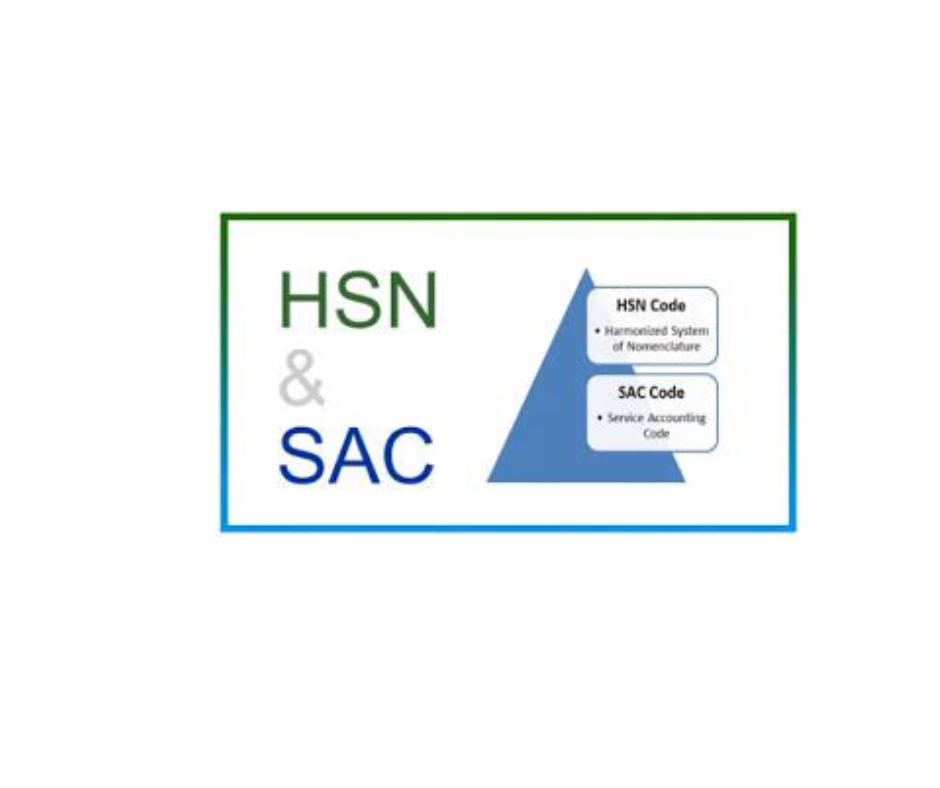What is 15CA?
15CA definition Form 15CA is a declaration form required by the Indian government for certain remittances made by residents of India to non-residents. It is used to ensure that appropriate taxes deduct and pay to the government before the funds are transferred abroad. 15CA definition When an Indian resident makes a remittance to a… Read More »


